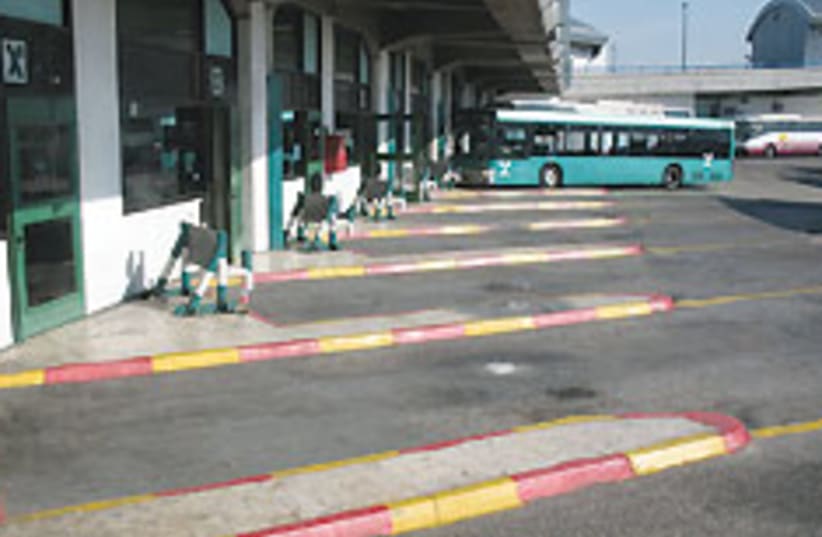Indefensible space: Tel Aviv's 'new' central bus station must be destroyed
It is high time for Tel Aviv Municipality together with the Transportation Ministry to meet its responsibilities to the area’s residents, tackling this complex planning problem head-on.
